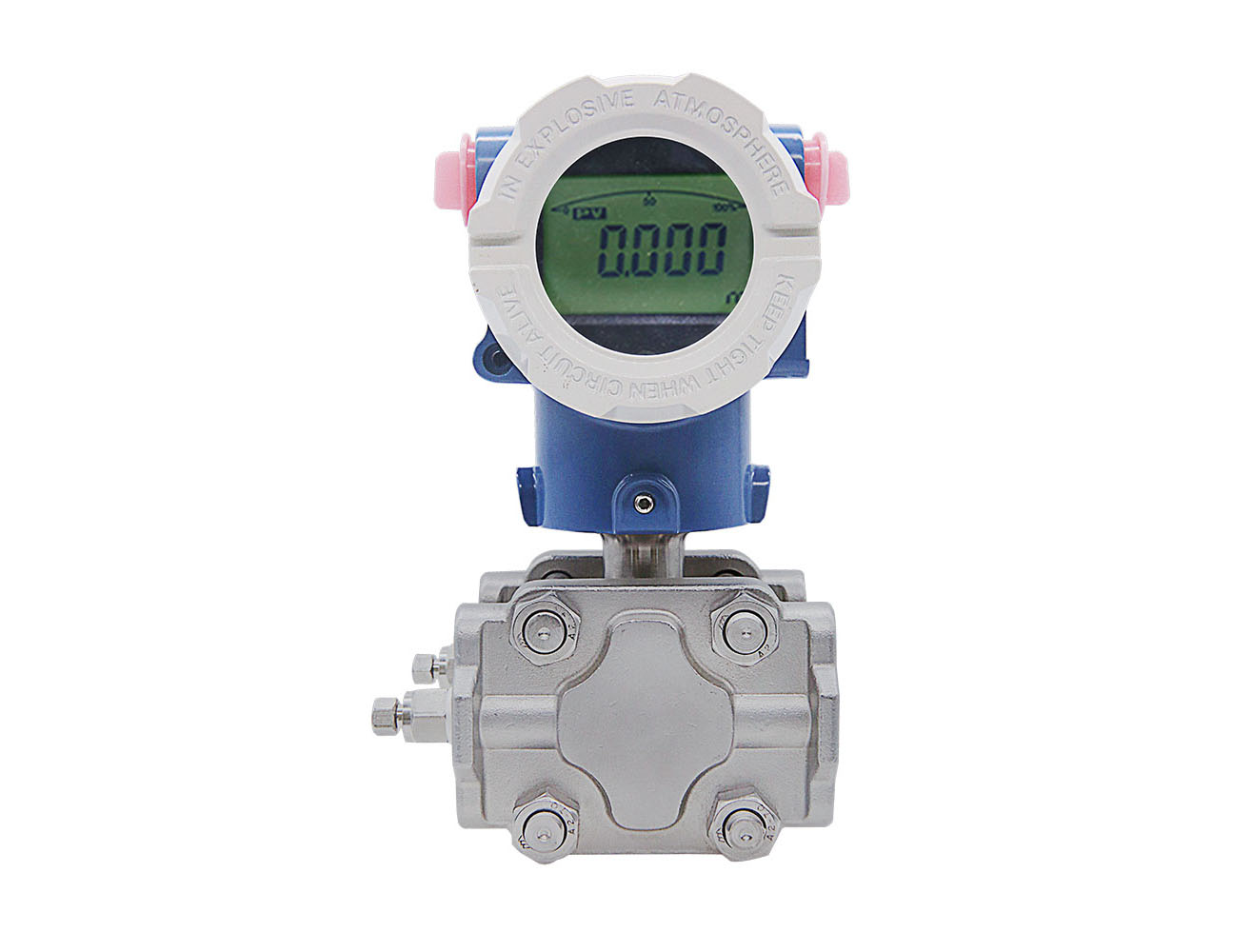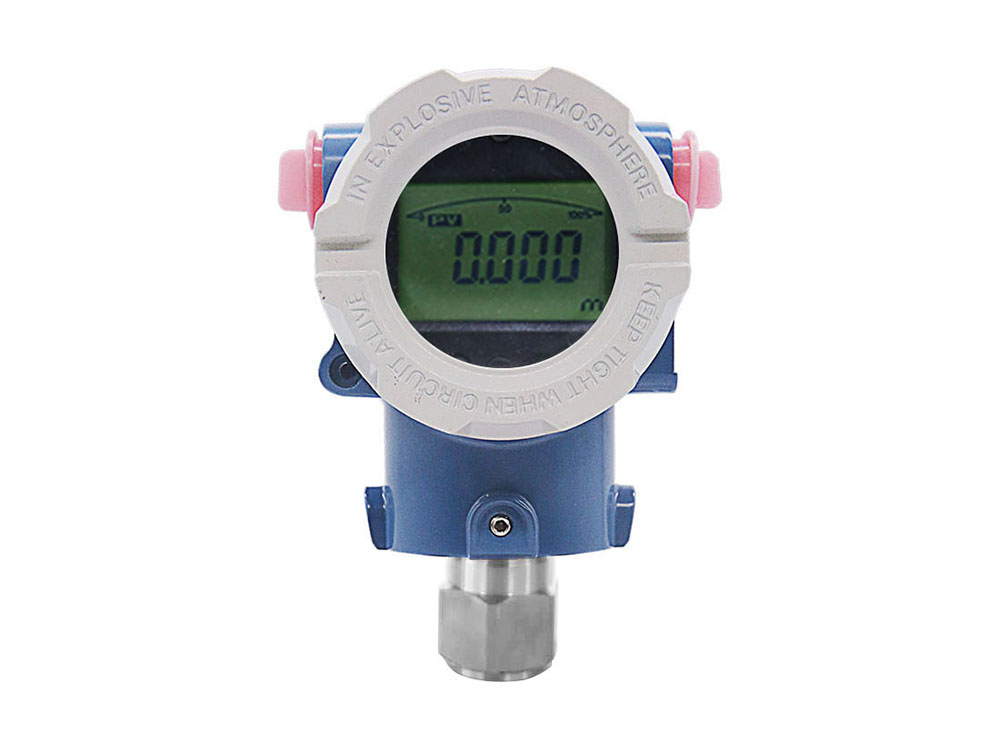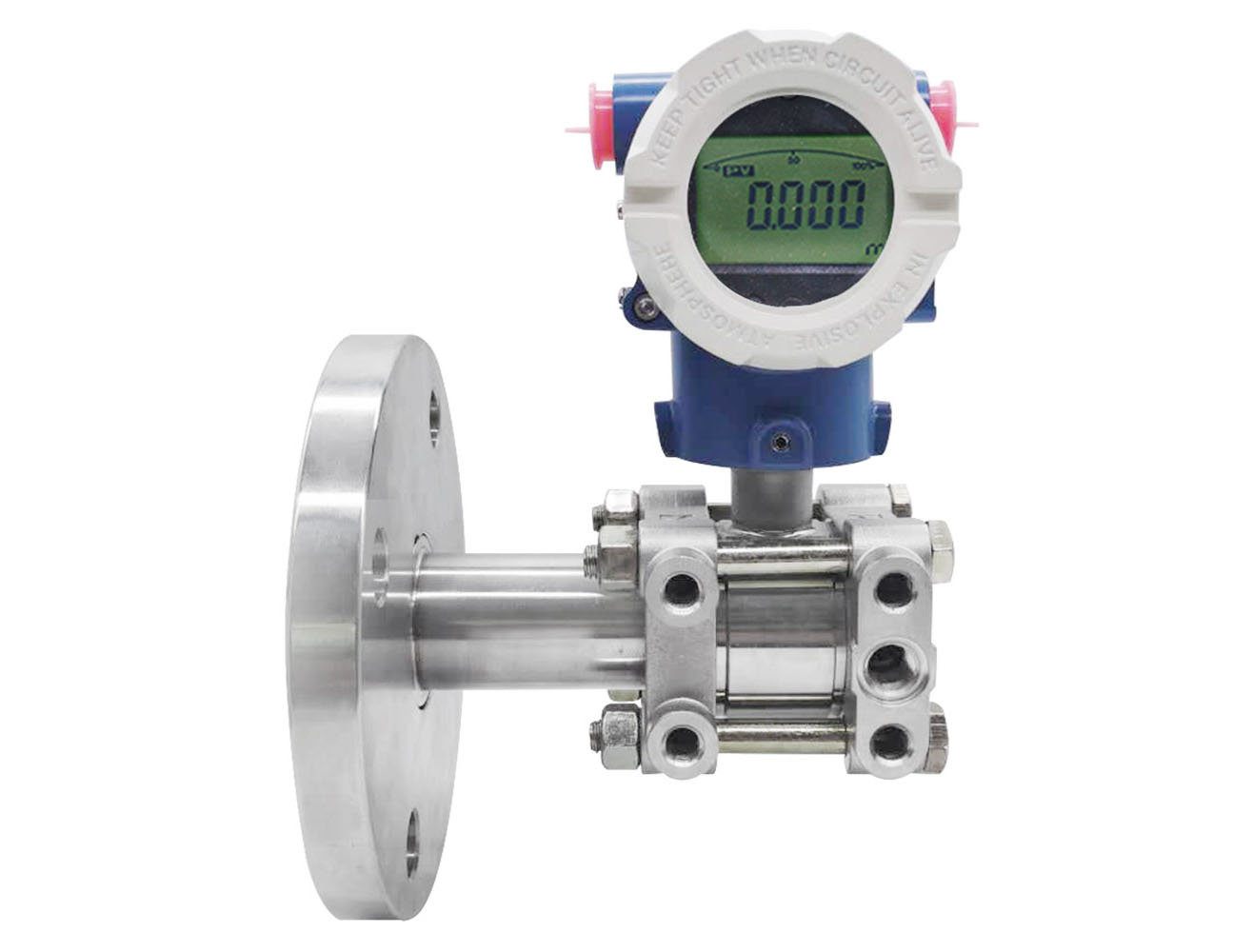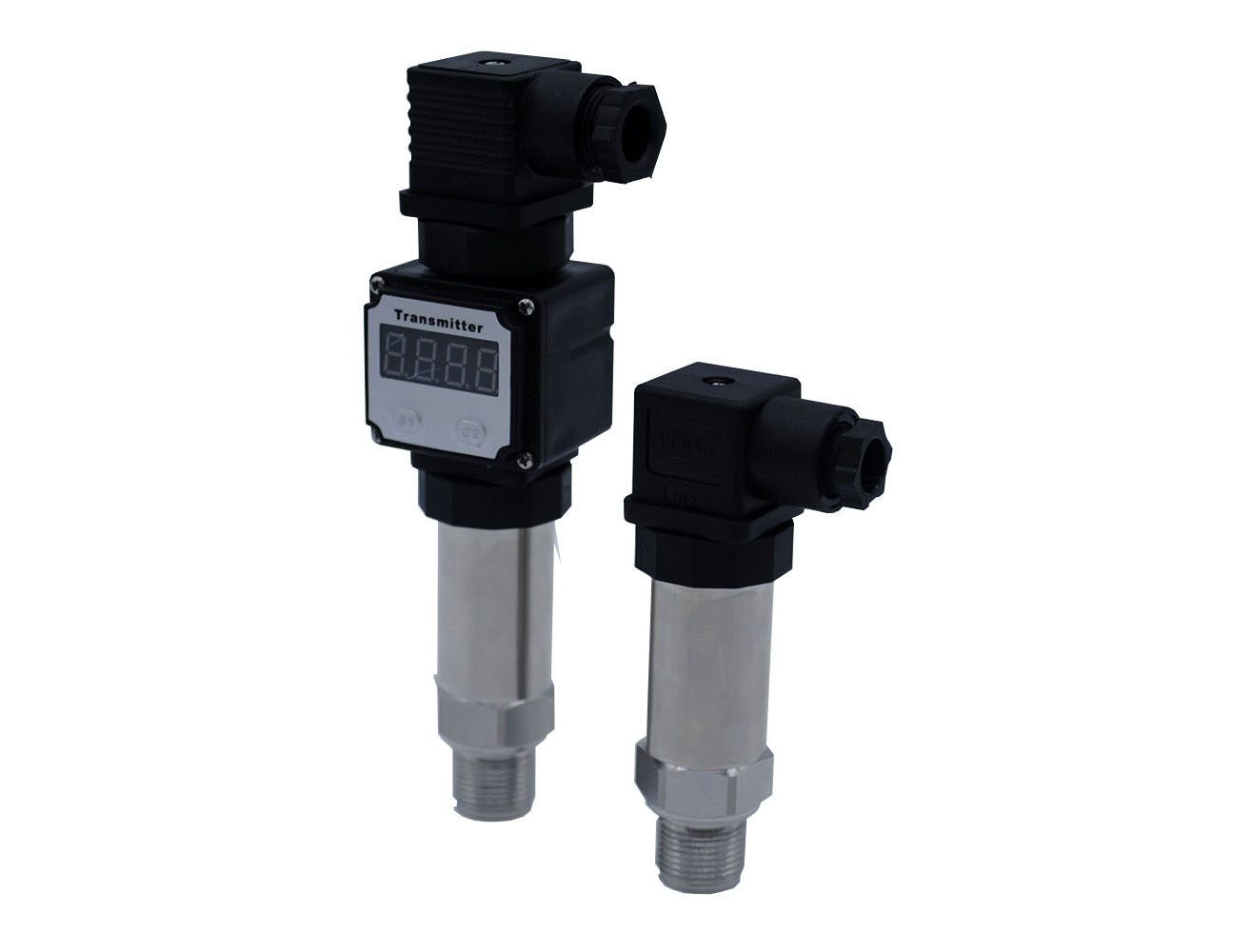INDUSTRIES
LEARN MORE>>

Environmental Engineering

Petrochemical

Water Conservancy

Food & Pharmacy
ABOUT US
YANTAI AUTO INSTRUMENT MAKING CO.,LTD. is located in Yantai,a seaside resort in Shandong province with charming natural beauty and convenient transportation. Our group is specialized in developing, producing and marketing the process control instruments, possessing the complete ability of automatic system engineering. And we build up the casting department recently.
LEARN MORE>>
NEWS
 INDOWATER 2024 EXPO &FORUM2023-11-06As one of the world’s leading manufacturers of industrial automation instrumentation, we are proud to announce our participation in INDOWATER 2024 EXPO &FORUM, one of the key industrial exhibitions in Indonesia. INDOWATER 2024 EXPO &FORUM will be held on Sep. 18, 2024, at JIEXPO KEMAYORAN. This exhibition expects to attract tens of thousands of visitors from all over the world. Auto Instrument sincerely invite you to visit our stand No.:G25View More>>
INDOWATER 2024 EXPO &FORUM2023-11-06As one of the world’s leading manufacturers of industrial automation instrumentation, we are proud to announce our participation in INDOWATER 2024 EXPO &FORUM, one of the key industrial exhibitions in Indonesia. INDOWATER 2024 EXPO &FORUM will be held on Sep. 18, 2024, at JIEXPO KEMAYORAN. This exhibition expects to attract tens of thousands of visitors from all over the world. Auto Instrument sincerely invite you to visit our stand No.:G25View More>> Our Agents will Participate in VIETNAM INDUSTRIAL AUTOMATION FIESTA 20232023-11-03Our agent in Vietnam will attend the exhibition VIETNAM INDUSTRIAL AUTOMATION FIESTA 2023 on 8th ~10th November 2023. We warmly welcome your coming. Our main products: pressure transmitter, differential pressure transmitter, flow meter, level meter, etc.View More>>
Our Agents will Participate in VIETNAM INDUSTRIAL AUTOMATION FIESTA 20232023-11-03Our agent in Vietnam will attend the exhibition VIETNAM INDUSTRIAL AUTOMATION FIESTA 2023 on 8th ~10th November 2023. We warmly welcome your coming. Our main products: pressure transmitter, differential pressure transmitter, flow meter, level meter, etc.View More>> Auto Appear in the 31st International Fair for Measurement, Instrumentation and Automation2023-10-26Auto Instrument, a leading player in the field of measurement and automation, proudly showcased its cutting-edge products at the 31st International Fair for Measurement, Instrumentation and Automation. The event unfolded seamlessly, drawing a remarkable turnout and sparking considerable interest in Auto’s innovative offerings.View More>>
Auto Appear in the 31st International Fair for Measurement, Instrumentation and Automation2023-10-26Auto Instrument, a leading player in the field of measurement and automation, proudly showcased its cutting-edge products at the 31st International Fair for Measurement, Instrumentation and Automation. The event unfolded seamlessly, drawing a remarkable turnout and sparking considerable interest in Auto’s innovative offerings.View More>> International Fair for Measurement, Instrumentation and Automation2023-10-19The 31st International Fair for Measurement, Instrumentation and Automation (formerly known as “MICONEX”) will be officially held on October 23rd at the China Beijing National Convention Center. The exhibition was founded in 1983 to promote the development of science and technology and scientific and technological exchanges as its mission, gathering many well-known enterprises and helping enterprises to innovate and develop. After years of development, the show has become a well-known exhibition in the international instrumentation industry.View More>>
International Fair for Measurement, Instrumentation and Automation2023-10-19The 31st International Fair for Measurement, Instrumentation and Automation (formerly known as “MICONEX”) will be officially held on October 23rd at the China Beijing National Convention Center. The exhibition was founded in 1983 to promote the development of science and technology and scientific and technological exchanges as its mission, gathering many well-known enterprises and helping enterprises to innovate and develop. After years of development, the show has become a well-known exhibition in the international instrumentation industry.View More>>
Pls leave us the basic infos and we’ll reply asap.
Dealership Form











